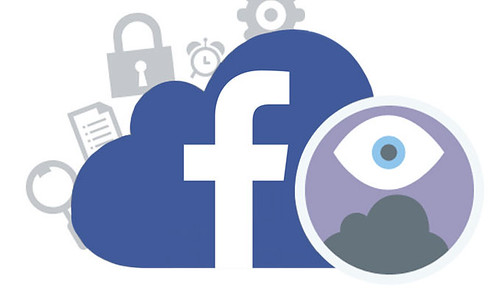
On Thursday, a series of previously classified policies confirmed for the first time that the U.K.’s top surveillance agency Government Communications Headquarters (pictured above) has advised its employees: “You may in principle target the communications of lawyers.”
The U.K.’s other major security and intelligence agencies—MI5 and MI6—have adopted similar policies, the documents show. The guidelines also appear to permit surveillance of journalists and others deemed to work in “sensitive professions” handling confidential information.
The documents were made public as a result of a legal case brought against the British government by Libyan families who allege that they were subjected to extraordinary rendition and torture in a joint British-American operation that took place in 2004. After revelations about mass surveillance from National Security Agency whistleblower Edward Snowden last year, the families launched another case alleging that their communications with lawyers at human rights group Reprieve may have been spied on by the government, hindering their ability to receive a fair trial.
In a statement on Thursday, Reprieve’s legal director Cori Crider said that the new disclosures raised “troubling implications for the whole British justice system” and questioned how frequently the government had used its spy powers for unfair advantage in court.
“It’s now clear the intelligence agencies have been eavesdropping on lawyer-client conversations for years,” Crider said. “Today’s question is not whether, but how much, they have rigged the game in their favor in the ongoing court case over torture.”
Rachel Logan, a legal adviser at rights group Amnesty International, said that spying on lawyers affords the U.K. government an “unfair advantage akin to playing poker in a hall of mirrors.”
“It could mean, amazingly, that the government uses information they have got from snooping on you, against you, in a case you have brought,” Logan said. “This clearly violates an age-old principle of English law set down in the 16th century—that the correspondence between a person and their lawyer is confidential.”
In the U.S., the NSA has also been caught spying on lawyers. Earlier this year, the agency was forced to reassure attorneys that it “will continue to afford appropriate protection to privileged attorney-client communications acquired during its lawful foreign intelligence mission in accordance with privacy procedures required by Congress, approved by the Attorney General, and, as appropriate, reviewed by the Foreign Intelligence Surveillance Court.”
In the U.K., the oversight of intelligence agencies is undoubtedly far more lax.
According to the documents released Thursday, in at least one case legally privileged material that was covertly intercepted by a British agency may have been used to the government’s advantage in legal cases. One passage notes that security service MI5 identified an instance in which there was potential for “tainting” a legal case after secretly intercepted privileged material apparently ended up in the hands of its lawyers.
The policies state that the targeting of lawyers “must give careful consideration to necessity and proportionality,” but the GCHQ policy document adds that each individual analyst working at the agency is “responsible for the legality” of their targeting, suggesting that a large degree of personal judgement is involved in the process. Notably, there is no judicial oversight of eavesdropping conducted by GCHQ or other British security agencies; their surveillance operations are signed off by a senior politician in government, usually the Foreign or Home Secretary.
The categories that allow the agencies to spy on lawyers or others working with “confidential” material, such as journalists, are extremely broad. One policy document from GCHQ notes:
If you wish the target the communications of a lawyer or other legal professional or other communications that are likely to result in the interception of confidential information you must:In practice, this could mean that any lawyer or an investigative journalist working on a case or story involving state secrets could be targeted on the basis that they are perceived to be working against the vaguely defined national security interests of the government. Any journalists or lawyers working on the Snowden leaks, for instance, are a prime example of potential targets under this rationale. The U.K. government has already accused anyone working to publish stories based on the Snowden documents of being engaged in terrorism—and could feasibly use this as justification to spy on their correspondence.
Have reasonable grounds to believe that they are participating in or planning activity that is against the interests of national security, the economic well-being of the UK or which in itself constitutes a serious crime.
GCHQ declined to comment for this post, referring a request from The Intercept to the government’s Home Office. A Home Office spokesperson said: “We do not comment on ongoing legal proceedings.”



